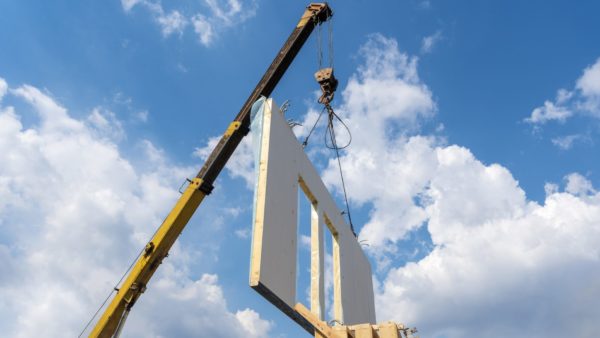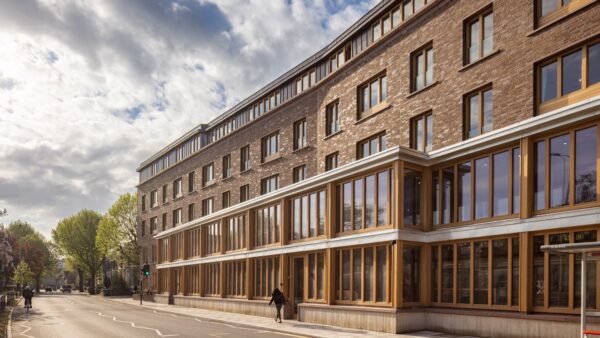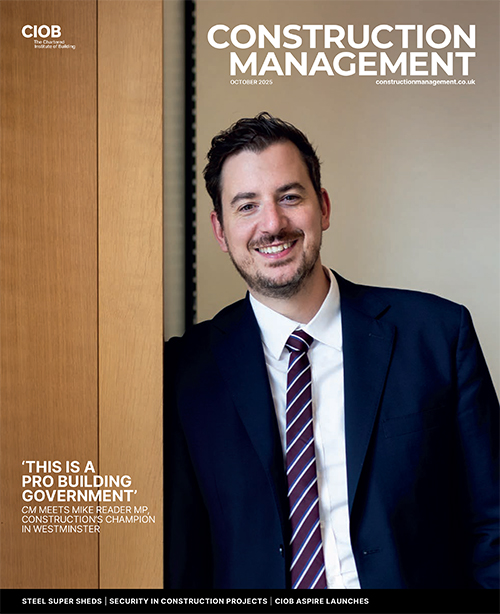
Long-time Mace employee Stephen Jeffery recently became the firm’s first chief technical officer. He tells Neil Gerrard what the role involves.
What does the role of chief technical officer (CTO) involve?
I will oversee all things technical across the group. It is a step change for us as a business. I have been here for 22 years, and for the last three I have looked after the construction technical services team. I am doing exactly the same as CTO as my construction technical services role – but group-wide.
Why did Mace decide to create the role now?
There have been a lot of advances in technology while Mace has expanded very quickly. Our buildings are changing rapidly, whether it be IT, building management systems or lift technology. Mace has an innovation strategy, with key topics to focus on, so a key benefit of my role is pooling all those resources into a one-team approach.
Stephen Jeffery CV
- Left school with “minimal” qualifications then went on to do a mechanical apprenticeship.
- Worked for two firms in his career: Rosser & Russell and Mace.
- Has spent 22 years at Mace (since 1996).
- 2004, became Mace’s M&E director, and was later closely involved with the Shard’s construction.
- 2012, became technical services director for Mace Group.
- 2018, became Mace’s first CTO.
What further technological advances do you forecast?
There are four or five key things we are looking at from an innovation perspective and one of those is drones. They are generally used for surveying but we are very interested in using them for cladding inspections. We are also very interested in using sensors, whether that is in offsite fabrication, materials tracking, or actually during the build.
On productivity, where we expect a big drive from the government, we are using data and analytics to measure our performance.
New technology needs new skills. Do you have responsibility for retraining people?
Quite a lot. With smart buildings, every building is getting more complex, so we need to train up our M&E managers to make sure we have the most capable people on these projects.
I also oversee our Mace business school, which is where we train our external supply chain. The business school has been going 10 years now and we have trained about 10,000 people through it. Keeping that going and coming up with new information and new course content is really important to us.
How has the “jump factory”, used to build two residential towers at the N08 East Village development in Stratford, progressed?
Like any innovation, it is the learning that you get out of what you are doing. This is the first time we have used that technology in the UK. I think it has been used abroad before but to actually build a tall tower over a few days per floor and then be fitting out those floors more or less straight away, is unusual in the industry. What we ended up delivering was 18 storeys in 18 weeks across two towers at the same time.
In a recent appearance in front of the Lords Science and Technology Committee, Mace CEO Mark Reynolds said there was a perception that offsite construction wasn’t “tried and tested”. What are you doing to change that perception?
On all our projects we have a prefabrication or offsite strategy. I think what Mark was talking about was pushing the boundaries on what was out there, as we are doing at East Village, and encouraging clients to invest in prototypes very early on.
You need a bit of time and a full-team buy-in. Companies should be encouraged and incentivised to set up factories, rather than passing the risk down the supply chain.
Is there enough government support for technological advances in construction?
I am sure Mark would say the Treasury should invest more money. Procurement is the issue for us – we need a collaborative approach. If we come into the process as a constructor late on, quite often you are hamstrung in terms of what you can do.
We need the procurement process to allow constructors to be involved very early so you can add in buildability, constructability, clean energy. You can carry out the detailed design and look at the sub-assemblies and the gains possible with DFMA [design for manufacture and assembly].
What other organisations do you work with?
I am heavily involved in the Lean Construction Institute UK. We are working very closely with the CITB, as well as BAM and Costain and Skanska. Most major contractors are on that forum. There are trials of e-learning at the moment, the idea being that they will be available to the industry next year.
Mace has also been working on Project 13 [a proposed industry business model to boost productivity in infrastructure delivery] with the Institution of Civil Engineers. Mark Reynolds has led the integrated work stream which is about changing procurement processes so the constructor is on board much earlier.











Comments are closed.